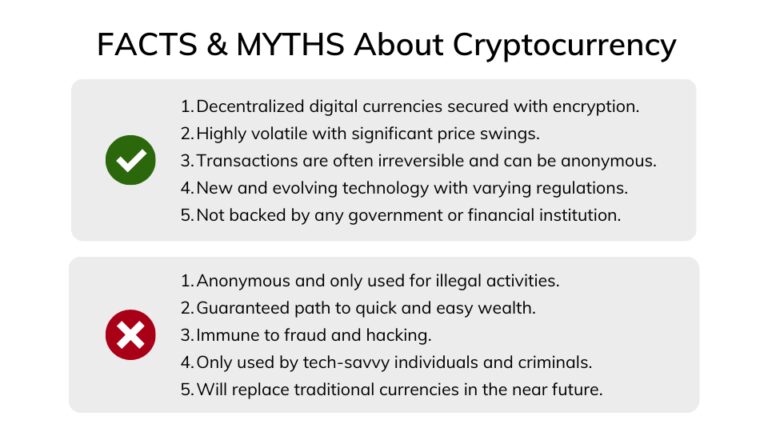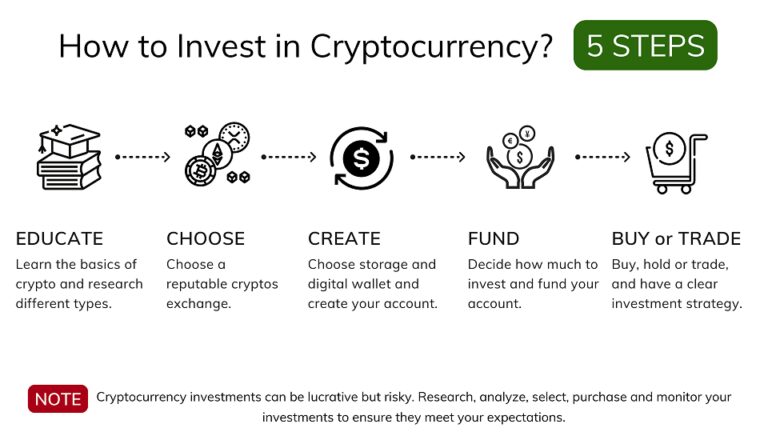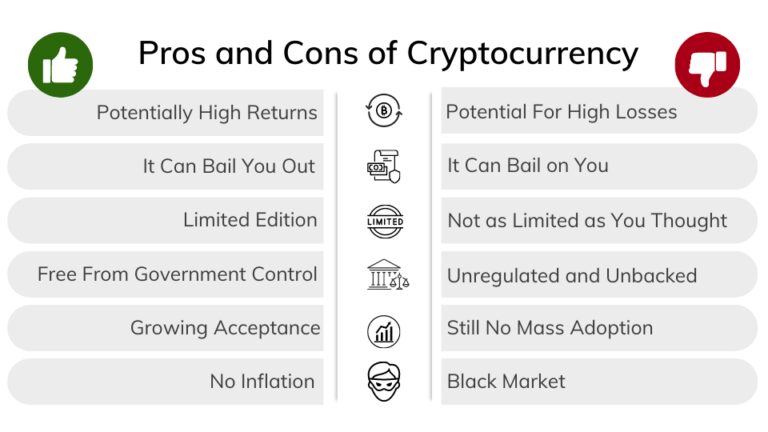Dive into the groundbreaking world of Ethereum 2.0 in our latest blog post. Understanding its transformative potential on blockchain technology and the broader crypto market has never been more crucial as we approach 2024. Join us as we explore Ethereum’s future implications and impacts.

Let’s take a trip down the rabbit hole that is Ethereum 2.0, a new chapter in the world of cryptocurrencies. A significant upgrade from its predecessor, Ethereum, Ethereum 2.0 (or simply, Eth2) promises to revolutionize not just the Ethereum network, but also the landscape of crypto casinos. So grab your miner’s helmet, we’re about to unearth some digital treasure!
Ethereum 2.0 is an upgrade to Ethereum, one of the world’s leading cryptocurrencies. Think of it as Ethereum, but on rocket fuel. This new and improved cryptocurrency aims to address some of the speed, efficiency, and scalability issues that have bogged down the Ethereum network. It’s like your favourite superhero finally getting that much-needed power boost to take on the big bad villain!
The transition from Ethereum to Ethereum 2.0 is akin to that of a caterpillar to a butterfly. The original Ethereum network was groundbreaking in its own right but it had its limitations. High transaction fees, limited scalability, and inefficient energy use were just a few of the issues plaguing the Ethereum network. Ethereum 2.0, however, is designed to solve these problems and propel the network into the next era of blockchain technology.
Ethereum 2.0 is like a finely tuned sports car compared to Ethereum’s reliable but ageing sedan. The new network introduces several key features that make it faster, more secure, and more scalable. Some of the improvements include:
When it comes to crypto casinos, Ethereum 2.0 is essentially reshuffling the deck. The scalability and efficiency improvements offered by Ethereum 2.0 are game-changers for the online gambling industry. It allows crypto casinos to process transactions faster and more cheaply, thereby enhancing the overall user experience. In other words, Ethereum 2.0 is dealing crypto casinos a winning hand! So, move over Vegas, the future of gambling is digital, and Ethereum 2.0 is leading the charge.
Understanding the technical aspects of Ethereum 2.0 is instrumental in realizing its potential and impact on betting platforms. Key technical attributes of the Ethereum 2.0 upgrade include Proof of Stake (PoS), Sharding, Crosslinks, and the Beacon Chain.
Proof of Stake (PoS) and Proof of Work (PoW) are consensus mechanisms that validate transactions and add new blocks to the blockchain. PoW, used in Ethereum 1.0, involves miners who compete to solve complex mathematical problems first. However, this is resource-intensive and not as scalable. In contrast, PoS, employed by Ethereum 2.0, operates differently. Validators are chosen algorithmically based on the number of Ether they are willing to ‘stake’ as collateral. This is far more energy-efficient, scalable, and secure, making it beneficial for betting platforms that need swift, efficient, and reliable transactions.
Sharding is a ground-breaking feature in Ethereum 2.0. In Ethereum 1.0, every transaction had to be processed by every node, causing significant scalability issues. Sharding breaks the Ethereum blockchain into smaller parts, known as ‘shards,’ each capable of processing its transactions and smart contracts. This innovation significantly improves transaction speed and scalability, essential for fast-paced betting platforms.
Ethereum 2.0 introduces the Beacon Chain, which runs PoS and keeps track of validators, and crosslinks, references to shard chains in the Beacon Chain. Crosslinks serve as trust anchors, helping validate shard chains. These features ensure effective coordination between shards and the Beacon Chain, enhancing Ethereum 2.0’s efficiency and scalability, much needed for smooth functioning of high-traffic betting platforms.
Ethereum 2.0’s technological enhancements promise significant upgrades for betting platforms like Bitsler, MyStake, and Sportsbet.io. The PoS consensus mechanism, sharding, and crosslinking reduce latency, improve scalability, bolster security, and cut costs. These benefits can attract more users, boost profits, and fuel growth for betting platforms. Players can make faster bets, enjoy fairer games, and have an overall better user experience. Operators, on the other hand, can handle a higher volume of transactions, mitigate fraud, and reduce operating costs, making Ethereum 2.0 a game-changer in the realm of online betting.

Ethereum 2.0 is a significant development in the world of cryptocurrency. It is expected to have considerable implications in the crypto market, touching on aspects like Ethereum’s value, transaction speed, scalability, and the impact on other cryptocurrencies. It also prompts discussion on the ideal time to invest in Ethereum.
Ethereum 2.0 is anticipated to cause an increase in Ethereum’s value. Given the enhanced features and capabilities of Ethereum 2.0, such as higher transaction speed and improved scalability, it is likely to attract more users and investors. This increased adoption could potentially drive up the demand for Ethereum, leading to an escalation in its price. However, it’s worth noting that cryptocurrency markets are unpredictable, and even the most educated speculations may not always play out.
Ethereum 2.0 is designed to address the transaction speed and scalability issues that have plagued Ethereum so far. With 2.0, Ethereum will transition from the current Proof-of-Work (PoW) consensus mechanism to the more efficient Proof-of-Stake (PoS) mechanism, increasing the transaction speed significantly. Additionally, Ethereum 2.0 introduces a concept called sharding, which effectively increases the platform’s scalability by splitting the Ethereum blockchain into multiple, smaller chains (shards). These improvements could pave the way for widespread adoption of Ethereum in the crypto market.
Given Ethereum’s influential position in the crypto market, the launch of Ethereum 2.0 could affect other cryptocurrencies as well. On one hand, the enhancements of Ethereum 2.0 could potentially lure users and investors away from other cryptocurrencies, causing a possible decline in their value. On the other hand, Ethereum 2.0 might also stimulate improvements in other cryptocurrencies as they strive to match Ethereum’s improved functionality, thereby promoting healthy competition and innovation in the market.
Investing in Ethereum, like any other investment, requires careful evaluation and timing. With the anticipated launch of Ethereum 2.0, many investors might be wondering if now is the best time to invest. Without a definitive answer, one can analyze market trends, monitor the progress of Ethereum 2.0, and make an informed decision. Learn more about the ideal timing from our Best Time to Buy Timing Tips.

Decentralized Finance, or DeFi, is a financial system built on the blockchain where traditional financial intermediaries are replaced with smart contracts. Ethereum, as the leading blockchain platform for smart contracts, is undoubtedly the backbone of the current DeFi ecosystem. Ethereum 2.0 promises to strengthen this ecosystem in several ways.
Ethereum 2.0 is set to improve the scalability, security, and sustainability of Ethereum, issues that are currently affecting DeFi’s growth. The key features of Ethereum 2.0 like Proof of Stake consensus mechanism and Sharding will enable more transactions per second, reduce gas fees, and thus making DeFi platforms more user-friendly and efficient.
Scalability improvement means more DeFi projects can operate simultaneously on the Ethereum network without slowing down. With Ethereum 2.0, the capacity of the Ethereum network will be dramatically increased, which will enable more significant and complex DeFi projects. Users will be able to interact with DeFi applications faster, leading to a smoother and more robust DeFi ecosystem.
Smart contracts and Decentralized Applications (DApps) form the core of the DeFi ecosystem. With Ethereum 2.0, the execution of smart contracts will be much faster, less costly, and more reliable. DApps will become more efficient and user-friendly, leading to increased adoption and use.
Ethereum 2.0 will also add more functionality to smart contracts, allowing for more complex DeFi applications to be built and deployed on the network. Developers will have more tools and resources at their disposal, opening up endless possibilities for the DeFi space.
While Ethereum 2.0 promises a range of advantages for the DeFi ecosystem, it’s not without potential challenges. Upgrading to Ethereum 2.0 is a massive task that could lead to unexpected issues or vulnerabilities. There might also be resistance from certain community members who prefer the status quo or are comfortable with the current Ethereum network.
However, the overall opportunities that Ethereum 2.0 brings to DeFi far outweigh the potential challenges. With increased scalability, lower gas fees, and improved functionality for smart contracts and DApps, Ethereum 2.0 is poised to drive the next wave of innovation and growth in the DeFi space.
If you’re interested in getting involved in the DeFi space, buying and holding Ethereum or other supported cryptocurrencies is a good start. Purchasing crypto can be a daunting task for newcomers, but don’t worry, we’ve got you covered. For a step-by-step guide on how to buy crypto for DeFi, feel free to check out our guide: Buy Crypto Step-by-Step.

The introduction of Ethereum 2.0 is set to revolutionize various sectors, one of which includes online betting platforms. Platforms like Bitsler, MyStake, Sportsbet.io, and others have recognized the potential and are gearing up to integrate the upgraded blockchain technology into their systems. This section delves into the role of Ethereum 2.0 on these platforms, the advantages it offers to both players and operators, and the potential challenges they may face.
Ethereum 2.0 brings a wealth of improvements to existing blockchain technology, and these will have significant impacts on betting platforms. With its enhanced transaction speed and scalability, Ethereum 2.0 will allow online betting platforms to process transactions more quickly, providing a smoother user experience. In addition, the technology’s decentralized nature also means that user data is more secure and less susceptible to manipulation, thus increasing the trustworthiness of the platform.
For players, Ethereum 2.0 offers several advantages. Fast transaction speeds mean that deposits and withdrawals can be processed quickly, reducing waiting times. The increased security means that users’ funds and personal information are safer. Plus, the use of smart contracts adds a layer of transparency that ensures payouts are fair and timely.
For operators, the benefits are equally attractive. The improved scalability of Ethereum 2.0 means that they can handle more transactions, allowing them to cater to a larger user base. This could lead to increased revenue and profits. In addition, the use of smart contracts eliminates the need for intermediaries, reducing operational costs and improving efficiency.
Despite the improvement Ethereum 2.0 promises, it also poses several challenges for online betting platforms. For instance, integrating the new technology requires technical expertise and could be time-consuming and costly. There might also be regulatory concerns to deal with, as the use of cryptocurrencies is still subject to legal scrutiny in many parts of the world.
However, betting platforms are proactively preparing for these challenges. Many are investing in technical experts and are working with regulatory bodies to ensure compliance. They are keenly aware of the potential advantages Ethereum 2.0 offers and are willing to make the necessary investments and adjustments to reap these benefits.
In conclusion, the advent of Ethereum 2.0 offers exciting possibilities for online betting platforms. With its myriad advantages, it has the potential to usher in a new era of transparency, efficiency, and security in the betting industry.

